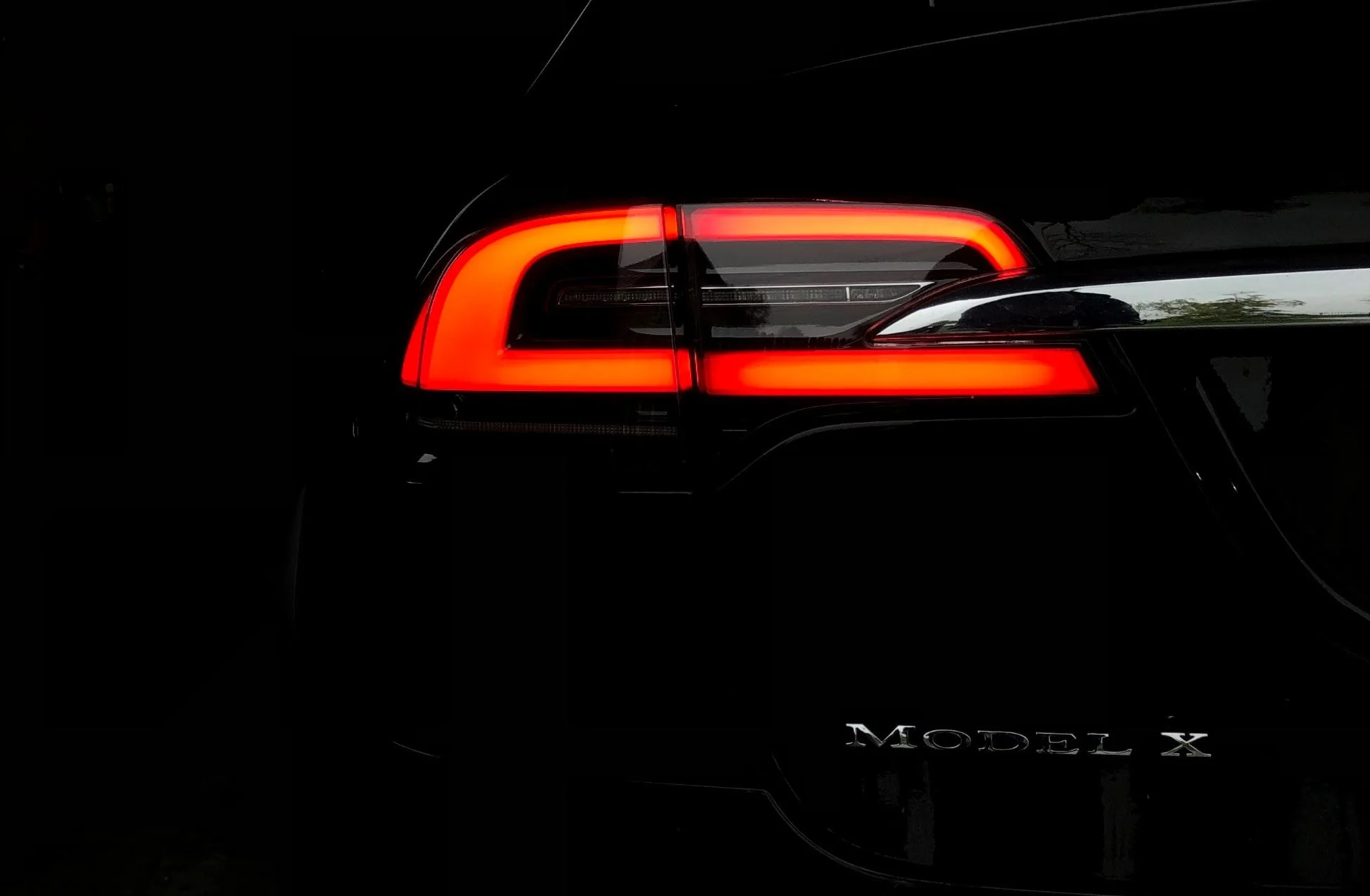The ESA is helping a group of students from Zurich test and develop their hopping exploration robot. Called SpaceBok, the robot is designed to operate on low-gravity bodies like the Moon or asteroids. It’s based on the concept of ‘dynamic walking’, something that animals on Earth use.
New 3D printer uses rays of light to shape objects, transform product design
Would your mobile phone be powerful enough to get you to the moon?
Many people who are old enough to have experienced the first moon landing will vividly remember what it was like watching Neil Armstrong utter his famous quote: “That’s one small step for a man, one giant leap for mankind.”. Half a century later, the event is still one of the top achievements of humankind. Despite the rapid technological advances since then, astronauts haven’t actually been back to the moon since 1972.
We probed Santorini’s volcano with sound to learn what’s going on beneath the surface
The island of Santorini in the Mediterranean has attracted people for millennia. Today, it feels magical to watch the sun set from cliffs over the deep bay, surrounded by cobalt blue churches and whitewashed houses. This mystical place attracts about 2 million tourists per year, making it one of the top destinations in Greece.
Ethics of AI: how should we treat rational, sentient robots – if they existed?
The science of the artificial: Researchers propose a new field of study to explore how intelligent machines behave as independent agents
Driverless cars are going to disrupt the airline industry
As driverless cars become more capable and more common, they will change people’s travel habits not only around their own communities but across much larger distances. Our research has revealed just how much people’s travel preferences could shift, and found a new potential challenge to the airline industry.
With molecular data storage, cat videos could outlast us all
How to speed up the discovery of new solar cell materials
Your internet data is rotting
Floating Solar Arrays: The Future of Solar Energy?
Cars will change more in the next decade than they have in the past century
The electric vehicle revolution will come from China, not the US
Methane-consuming bacteria could be the future of fuel
The number of electric cars sold in Europe increased by almost 85%!
Beyond the Metal: Investigating Soft Robots at NASA Langley
Should we turn the Sahara Desert into a huge solar farm?
Whenever I visit the Sahara I am struck by how sunny and hot it is and how clear the sky can be. Aside from a few oases there is little vegetation, and most of the world’s largest desert is covered with rocks, sand and sand dunes. The Saharan sun is powerful enough to provide Earth with significant solar energy.
How biologists and engineers learn from animals
The parasitic wasp can do something special. The insect is able to puncture rotten wood or a fruit and thus lay eggs in larvae that live in these kinds of places. The wasp uses a long tube for this. But this tube is so long that the animal cannot push it into the material itself. The secret is that this "needle", which consists of three separate parts, can pull itself forward.
We accidentally created a new wonder material that could revolutionise batteries and electronics
Some of the most famous scientific discoveries happened by accident. From Teflon and the microwave oven to penicillin, scientists trying to solve a problem sometimes find unexpected things. This is exactly how we created phosphorene nanoribbons – a material made from one of the universe’s basic building blocks, but that has the potential to revolutionise a wide range of technologies.











